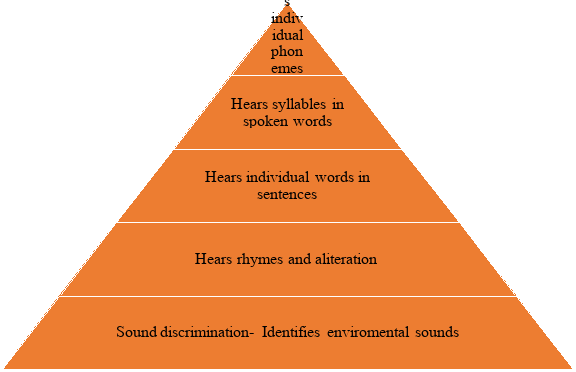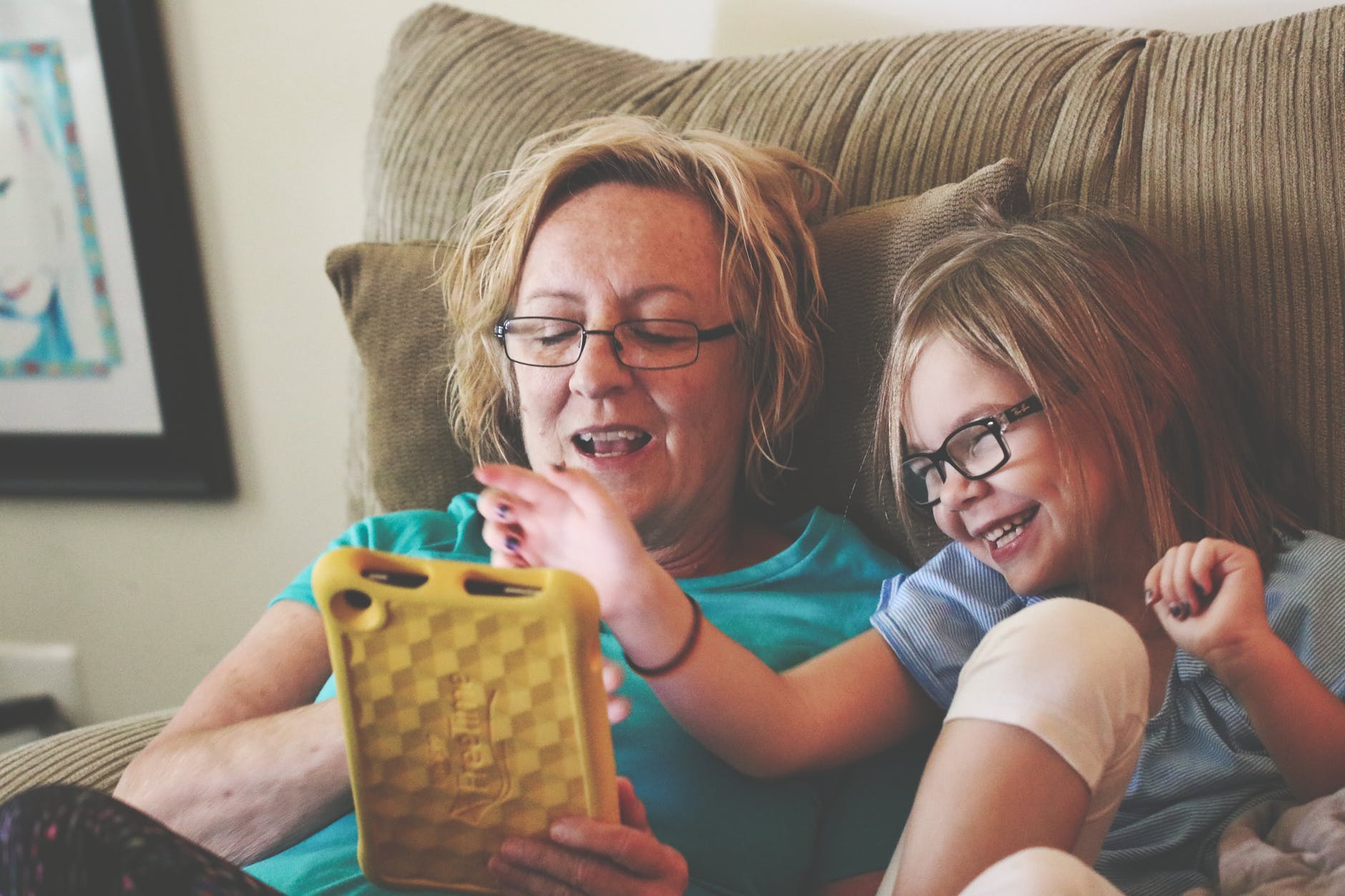Reading with your child can foster your child’s enjoyment of books and help advance the skills they will need to be ready for literacy instruction at kindergarten or school. Clemency Taylor, program leader at ELG, shares some useful tips for parents of infants and toddlers.
Pre-Readers: Sound-Based Activities
Developing a child’s phonological awareness is an important part of developing a reader. Many research studies indicate that kids who have weak phonological awareness also have weak reading skills. Before children can understand ‘written sounds’, they should be able to distinguish between the different sounds within their immediate environment. They can then progress to understanding that spoken words are made up of different sounds and eventually apply that knowledge to read and write words. Learning how to understand sounds can be encouraged through a number of games and activities.

Tips:
-
From the beginning, your child should be encouraged to enjoy books by being read to and looking at the pictures. Read picture books aloud to your child.
-
For infants, guide them by pointing at and labelling the pictures. This way, your child will learn to associate words with objects. For toddlers, let them use their imagination to interpret the pictures and make their own story.
-
For toddlers and young children, point to the text or use a bookmark to follow the text together as you read aloud.
-
When reading a familiar story with a repetitive rhyme, leave out the last word of every other line in the rhyme and let your child fill in the last word that goes in the rhyme.
-
Reading begins at home! Make your home a print rich environment with access to a variety of engaging books, texts and posters. Label your home with eye level labels enabling your child to read their environment.

Games:
-
‘Sound Walks’
To play this game, ask your child to close their eyes and identify the sounds they hear. You can create a picture list of sounds, which your child can then tick off. The list might include a dog barking, a bird singing, or a car driving by, for example.
-
‘Teddy is Lost’
In this game, a child (the rescuer) is taken aside while a teddy bear is hidden somewhere in the room. Other children, or you, can guide the rescuer to the teddy by singing louder as the rescuer gets closer to the teddy, or quieter as the rescuer moves further away from the teddy. You can also sing familiar songs, rhymes, jingles or play musical instruments, speeding up and slowing down to guide the rescuer to the teddy.
-
‘Rhyming Words Match’
Draw or print some pictures of consonant/ vowel/ consonant words such as- cap, sap, mat, cat, fox, box, mop, top etc. There must be an even number of pictures for each rhyming sound. Take it in turns to turn over two pictures at a time and say the name of the pictures. If they are a rhyming pair, the player can keep those cards. The winner is the player who has the most pairs at the end of the game.

If you have concerns about your child’s reading abilities, don’t hesitate to get in touch with us at ELG by completing our online enquiry form, emailing us at [email protected], or calling us at +86 21 5206 6273.
